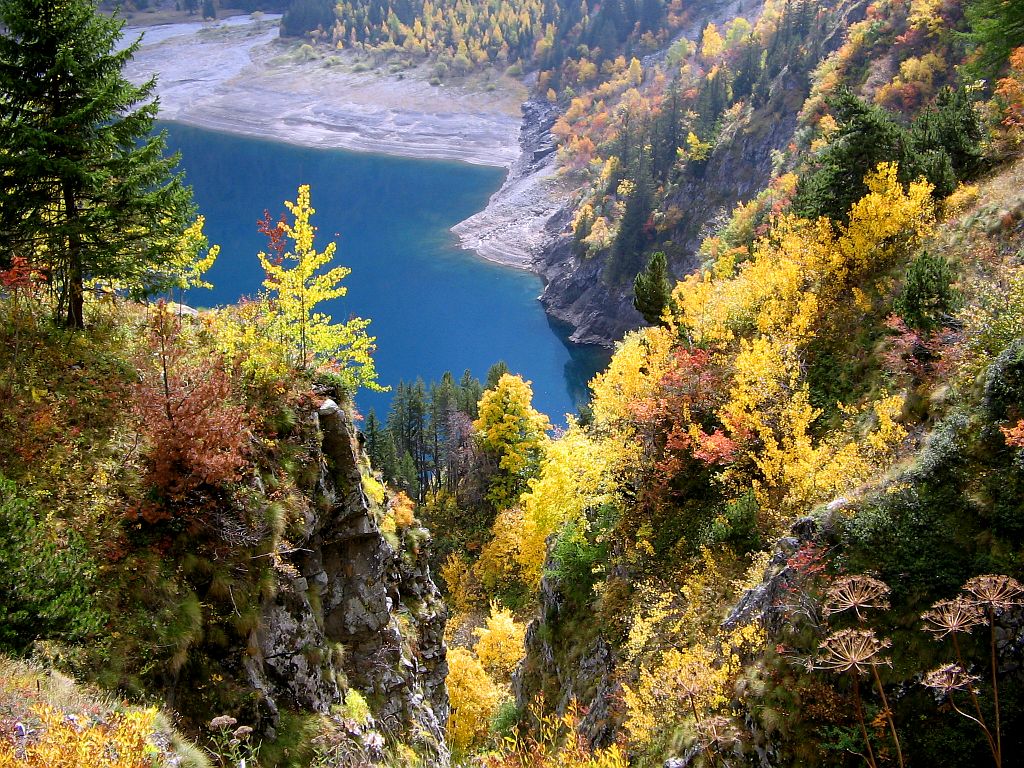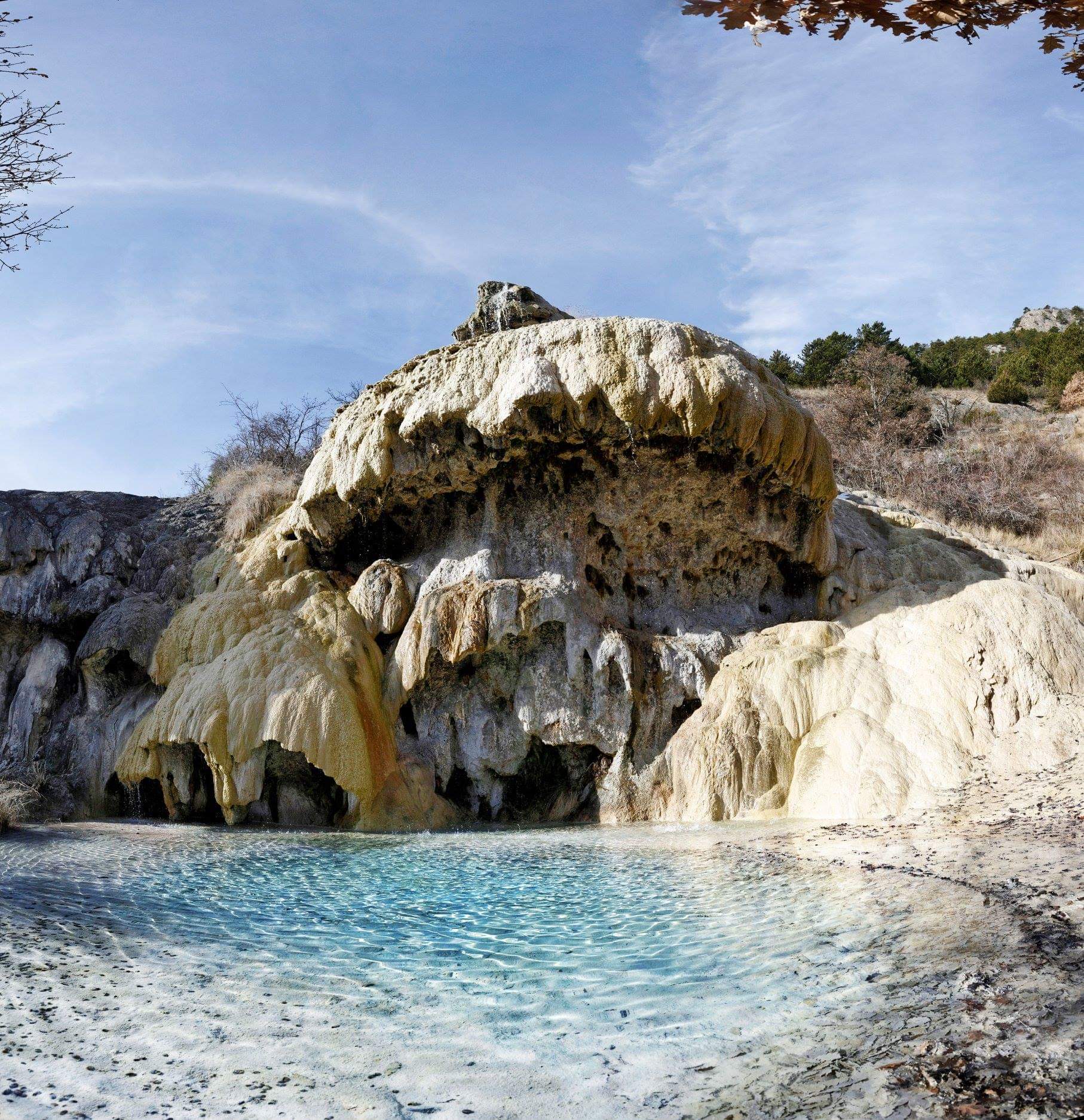Over 100 years in the making: the Bearded Vulture Trio that landed this place IUCN Green List Status
The Parc national des Ecrins achieved IUCN Green List status in June 2019 at the French Nature Congress. Initiated by mountaineers, naturalists and forest workers, the first steps to establish the protected area go back to 1913.

Photo: Le lac du Lauvitel en montant vers Plan Vianney © Christophe Albert - Parc national des Ecrins
The parks charter was co-written by local stakeholders, visitors, mountaineers and educational initiatives. The park achieved the IUCN Green List status due to the quality of management of the site, in particular with the implementation of the new charter.
The Charter
Initiated in 1996 and updated in 2012, the charter was developed in partnership with local stakeholders and is based on four axes:
- For a living and shared culture space
- For a quality living environment
- For the respect of resources and heritage, and the enhancement of know-how
- For the reception of the public and the discovery of the territory
In 2013, a total of 59 municipalities in the optimal membership area were approached to be part of the National Park and were asked to freely adhere to the charter. Of these, 53 of them deliberated in favour of this territorial project and 7 new municipalities joined the Parc national des Ecrins membership area in 2016.
The Area
The protected area spans 918 km2 and contains 7 regional sites, united in geographic sectors. These sectors contain 2 departments: Hautes-Alpes and Isère and 2 regions: Provence-Alpes-Côte-d’Azur and Rhône-Alpes. The Parc national des Ecrins is the second largest national park in France, encompassing the Alpine peaks of Barre des Ecrins, La Meije, Ailefroide and Pelvoux, as well as numerous lakes, cirques, and gorges. Forests of larch cover the park, as well as rarer plants including, lady’s slipper orchids, orange lilies and martagon lilies. Mountain hares, foxes, marmots and chamois are common in the area. However, Ibex are rare following their reintroductions in 1989. Common bird species found within the park are typically Alpine and include golden eagles, capercaillies, rock partridges and ptarmigans.
The Bearded Vultures
2018 marked the birth of the first bearded vulture chick in over a century at the Parc national des Ecrins and evidence of a new egg has been documented, making it the third consecutive year of breeding for the only bearded vulture family in the park. The protection measures taken during the previous two years made it possible for the pair to reproduce successfully. These included identifying a ‘Heart zone’ where any intrusion was prohibited (skiing, hiking, ice climbing, etc.) and a ‘Buffer zone’ where overhead flights were prohibited (paragliding, use of drones, etc.) Last year, one vulture was equipped with a GPS beacon, enabling it to be monitored to better understand the dissemination of the species and improve protection measures for them in the future.
 Photo: Gypaète dans les Ecrins - trio de Malaval - mai 2018 © T.Maillet - Parc national des Écrins
Photo: Gypaète dans les Ecrins - trio de Malaval - mai 2018 © T.Maillet - Parc national des Écrins
L’Occitane en Provence
A collaboration between Parc national des Ecrins and the cosmetic company l’Occitane en Provence has been established for the company’s sourcing of calcium-rich Réotier water. Their ‘Aqua Réotier’ moisturising products contain this water as a principal ingredient due to its hydrating properties. The Réotier water is sourced from the pure spring water of Parc national des Ecrins. By sourcing from the park, this important ingredient is unpolluted, untreated and rich in minerals, such as calcium, which helps maintain an optimal skin hydration level.
 Photo: Jan 2019 © L'OCCITANE en Provence
Photo: Jan 2019 © L'OCCITANE en Provence
Parc national des Ecrins provides a good example of stakeholder engagement for partnerships and collaborative management of a protected area. It continues to show the potential of well-managed protected areas to benefit not only the conservation of biodiversity but also local businesses and the communities who enjoy recreational activities within it.
Article by Megan McFarlane



